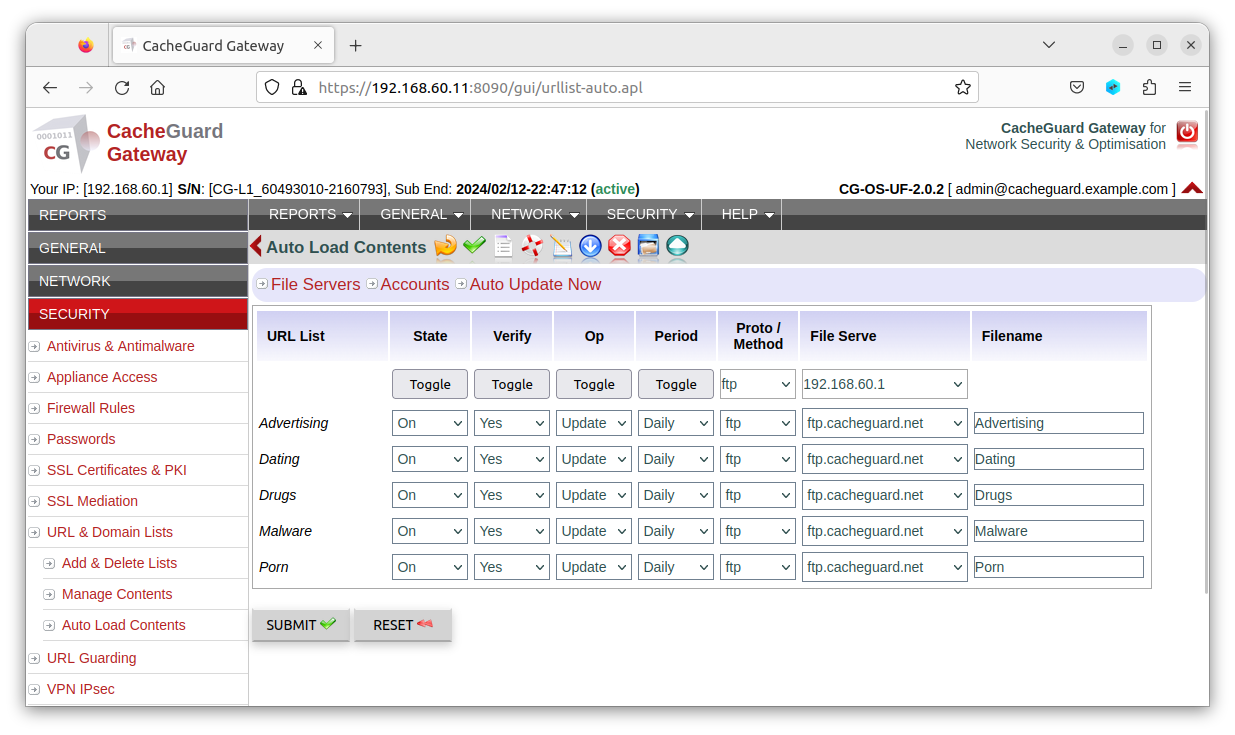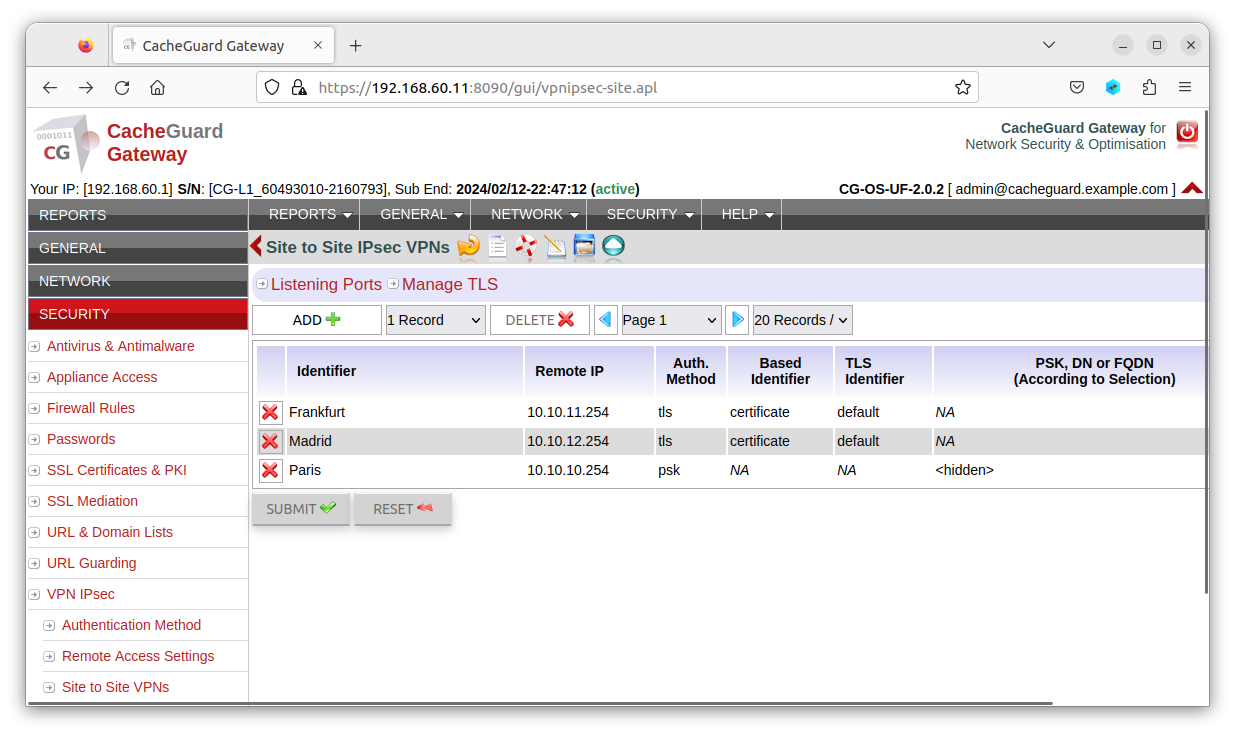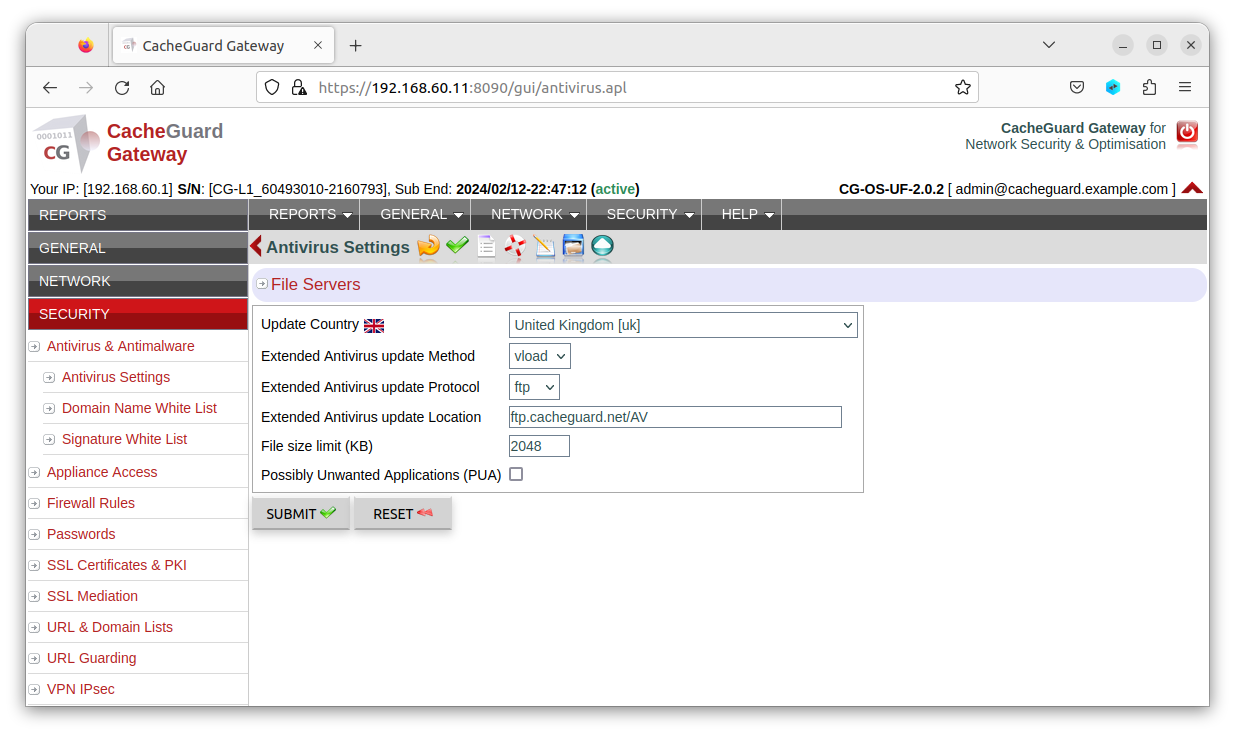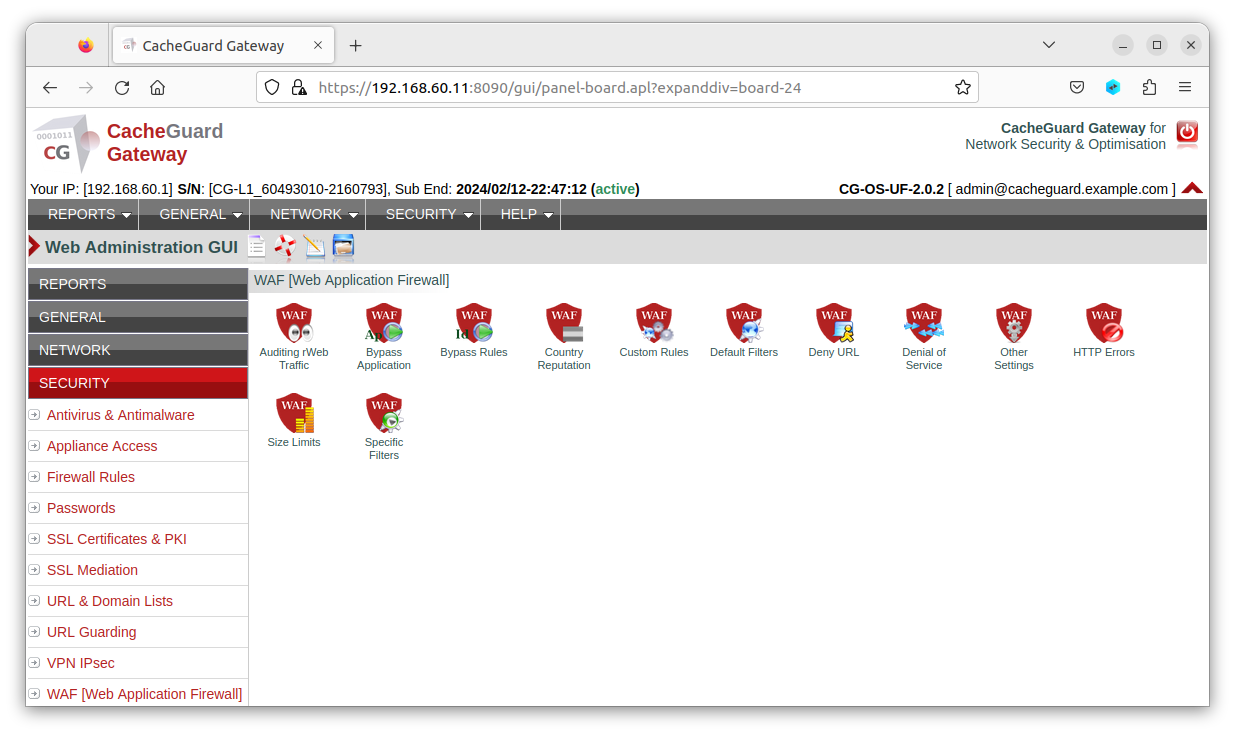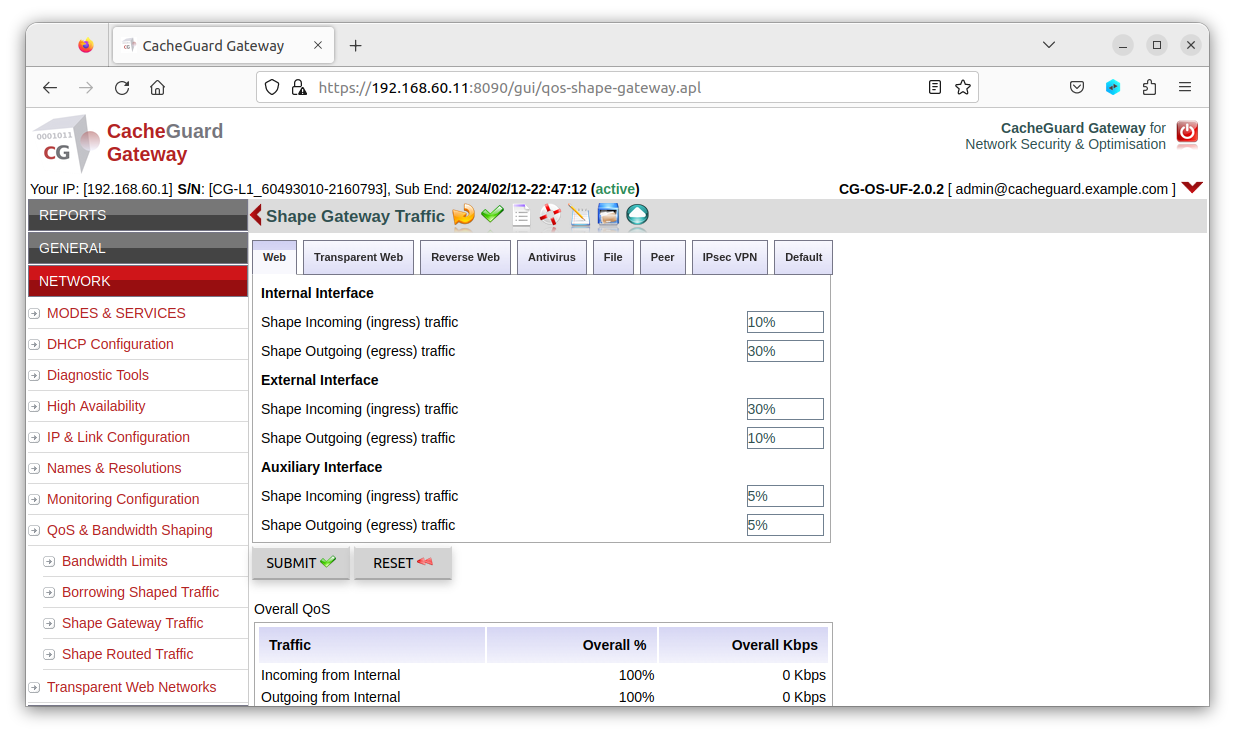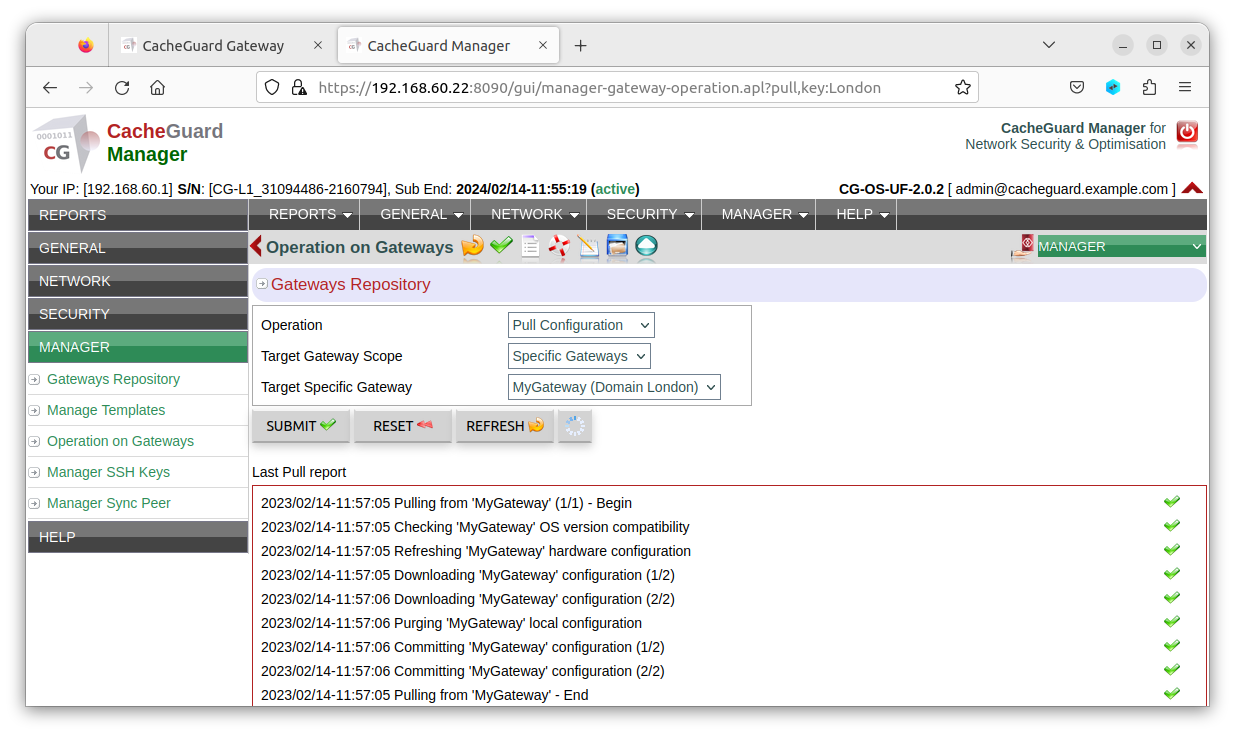CacheGuard-OS

All CacheGuard Appliances run under CacheGuard-OS, a Linux based & Network Appliance oriented Operating System built from scratch and especially designed to Secure and Optimize the network traffic. Once installed on a machine (hardware or virtual), CacheGuard-OS transforms that machine into a powerful and easy to handle network appliance.
Great care has been taken to select the best of the best Open Source technologies to integrate into CacheGuard-OS. The OS embeds software such as but not limited to OpenSSL, NetFilter, IProute2, StrongSwan, ClamAV, Apache, ModSecurity and Squid. A smart and highly secured design combined with specific Open Source developments allow all those built-in technologies to work together efficiently and consistently as a whole. That’s the genius of CacheGuard.
Get CacheGuard Now
Free for 10 Users
An Innovative Solution
CacheGuard-OS keeps heterogeneous open source software running consistently and seamlessly together. This is made possible by a smart design and the development of more than 200 000 lines of Open Source code. With CacheGuard, the complexity of built-in Open Source software is not visible and remains under the hood. All you have to do is then to turn on the key and enjoy.
CacheGuard-OS Configuration
After having installed CacheGuard-OS on a machine and setup basic IP configuration, the resulted network Appliance can be configured and managed via its CLI (Command Line Interface) and/or its Web GUI by using a Web browser. The Web GUI has been designed to be friendly and easy to handle even for non IT professionals. Particular cares have been taken to ensure its compatibility with well-known Web browsers such as Firefox, Safari, Opera, Chrome and Edge. You can find some CacheGuard demos on YouTube at CacheGuard YouTube Channel.
Machine Requirements
CacheGuard-OS is distributed in both x86 (32 bits) and x64 (64 bits) CPU compatible versions and can run on almost all x86/x64 machines made by well-known manufacturers such as HP, Dell and IBM and hypervisors providers such as VMware, Hyper-V and Proxmox. The machine resource requirements mainly depend on the number of users to support and the services that you need to activate on your appliance.
Depending on the number of users to support and available machine resources, CacheGuard-OS is tuned during its installation to run as effective as possible. For instance for 100 forwarding users (20 simultaneous users), a typical machine configuration is as follows: 4 x CPU cores, 8 GB RAM, 250 GB Disk and 2 x network interfaces.
For more users, choose a machine with more RAM, CPU Cores and Disk capacity. As a rule of thumb, add 1 GB of RAM and 1 CPU core for every additional 10 simultaneous users. You can also add 75 GB of Disk capacity for every additional 50 (not simultaneous) users. Please note that on a hardware machine, CacheGuard-OS is more efficient with several low capacity disks configured as a RAID, compared to a single high capacity disk. The OS innately supports software RAID 0, 1, 5, 6 and 10 by using 3% of the CPU resources only.
With CacheGuard-OS you have the possibility to activate almost all integrated security and optimization functions at the same time on the same machine. Some functions like the HTTP real time compression and the antivirus are more CPU intensive than others and the activation of the antivirus requires about 2 GB of RAM. The machine configuration given above allows you to activate all available functions at the same time. You will probably need less machine resources if you don’t need to activate all available functions. Please note that in all cases, the 64 bits OS installation requires at least 512 MB of RAM.
CacheGuard-OS Licensing
CacheGuard-OS is the result of the mere aggregation of various Open Source software (as OSI definition) and Open Source software developed by CacheGuard Technologies. All software developed by CacheGuard Technologies are subject to the GNU General Public License v3 while the mere aggregation of software developed by CacheGuard Technologies and third parties software forming CacheGuard-OS is licensed under the CacheGuard License Agreement. CacheGuard-OS is marketed as a subscription based service. You can refer to the Purchase CacheGuard page for further information about our pricing.
Get CacheGuard Now
Free for 10 Users

